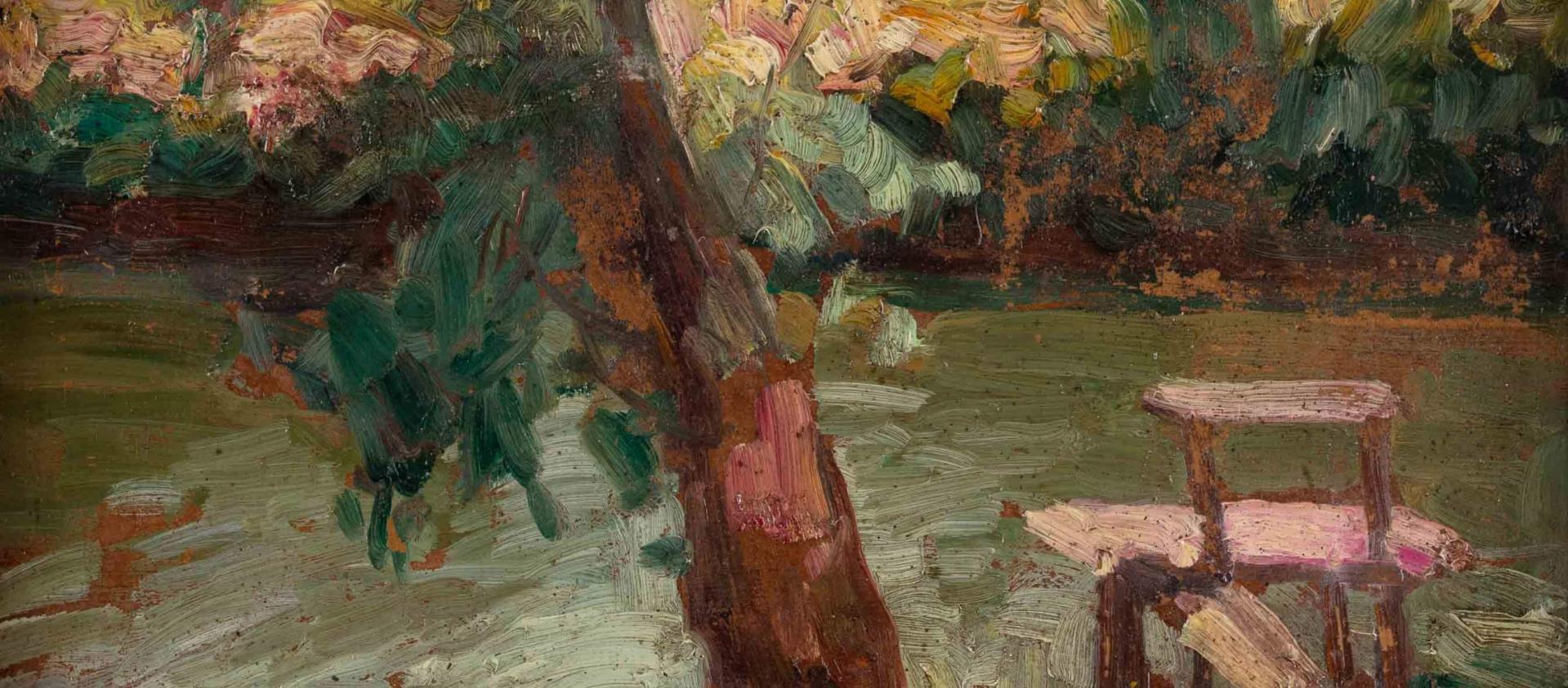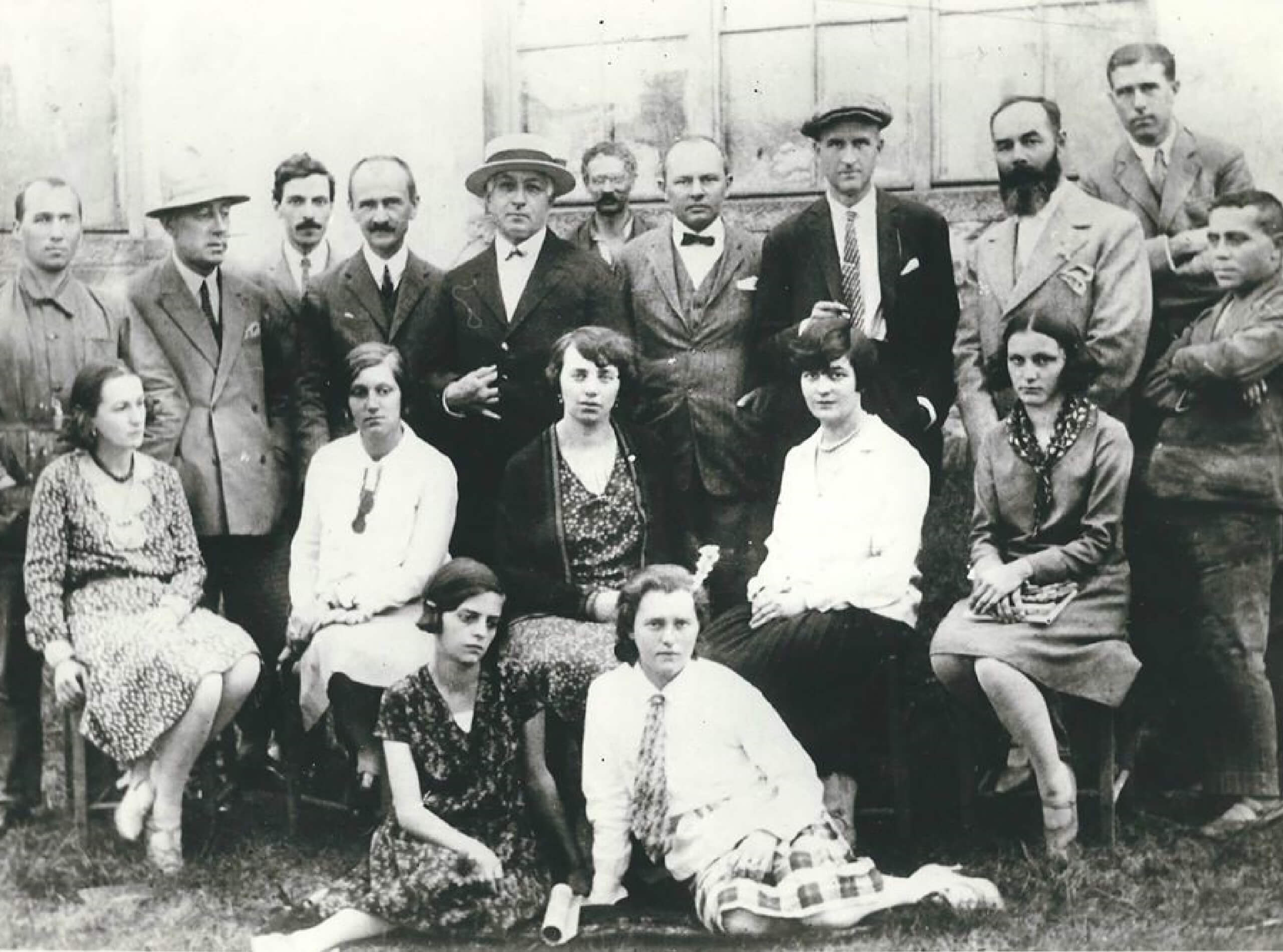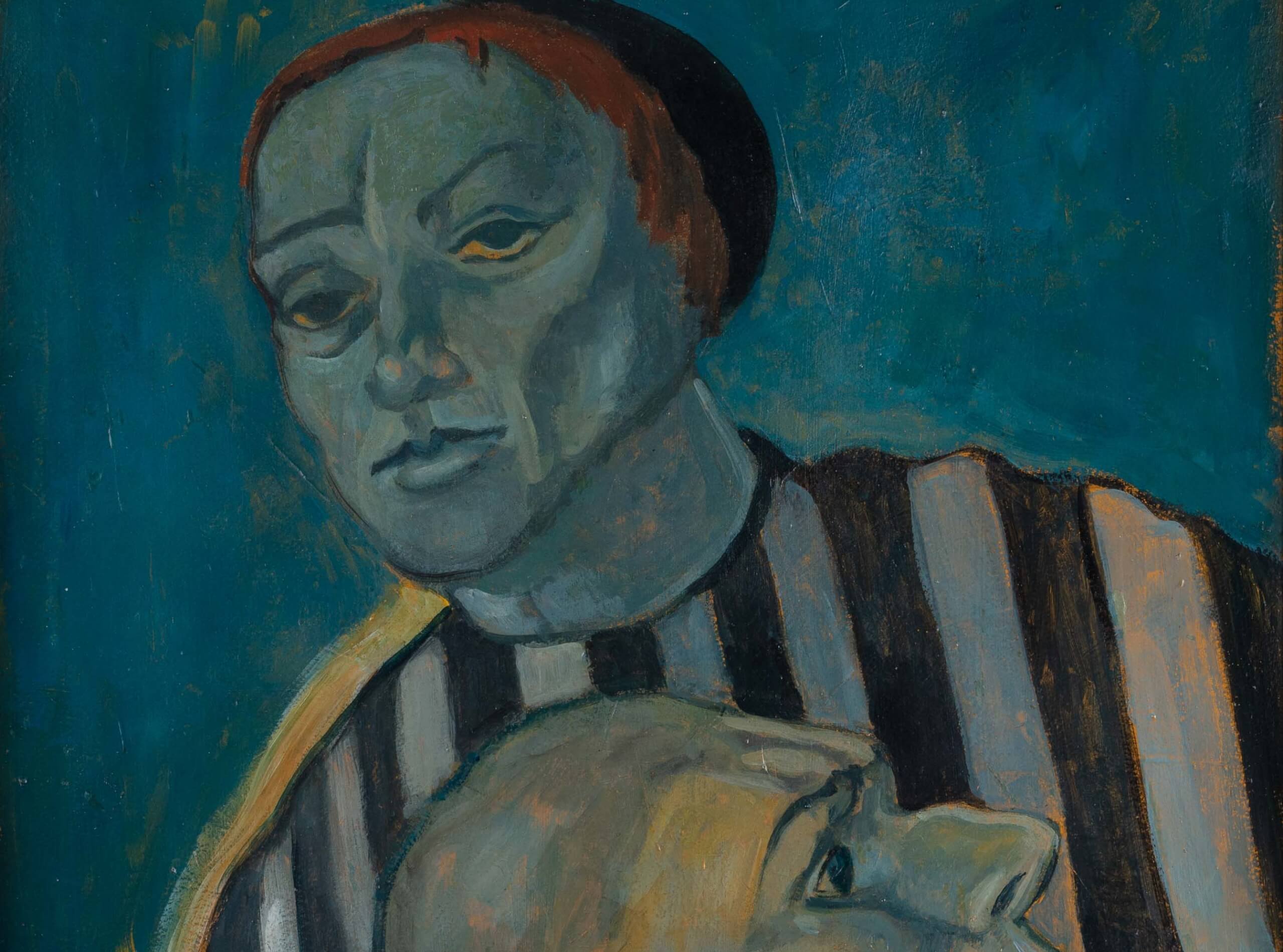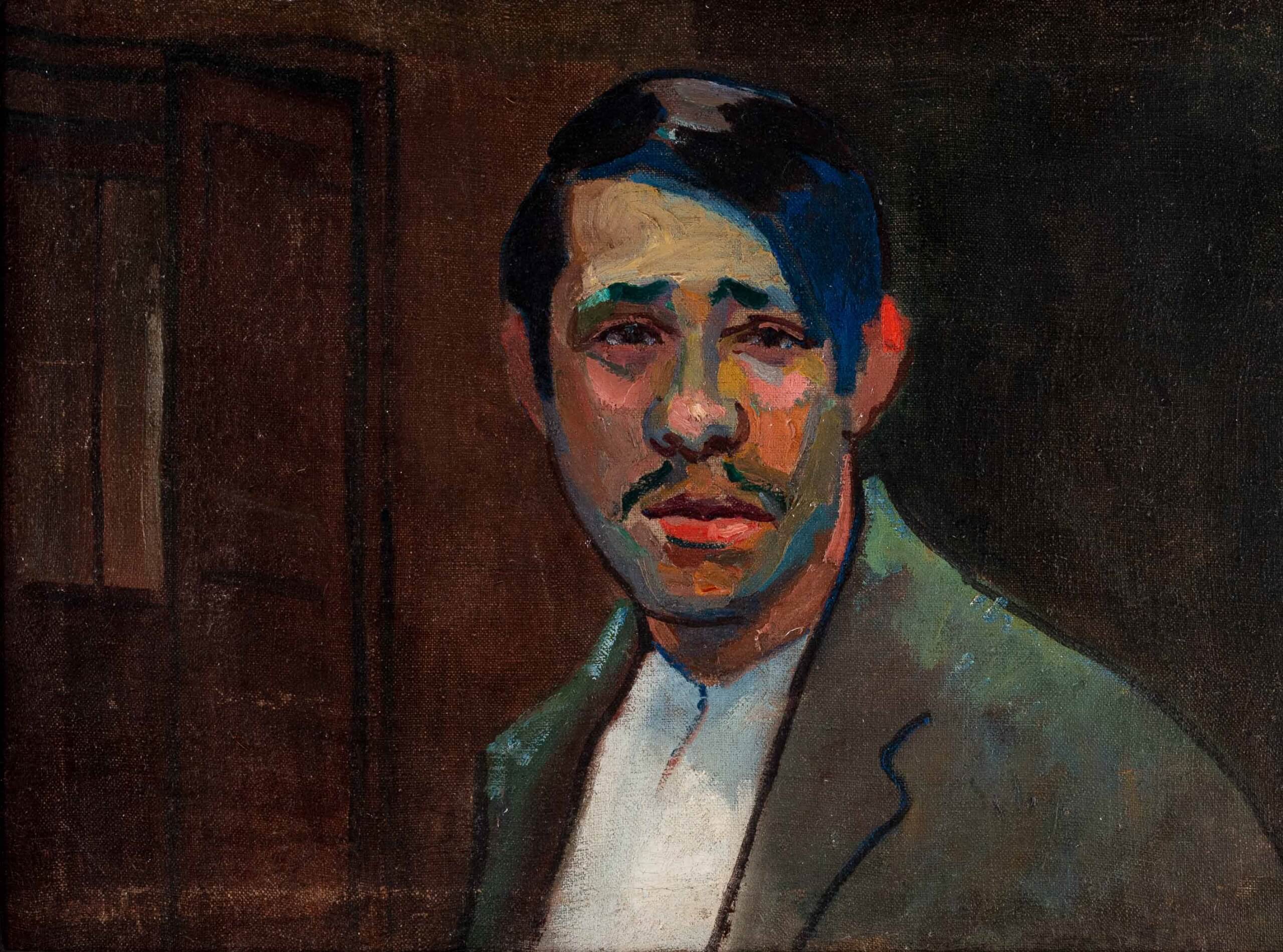-

An art collection as an attempt to preserve life stories
when

Imagine yourself in Baia Mare (Nagy Banya)
At the onset of the XXth century and into the 1900-1945 period, the world has been at conflict with itself over which course to choose. Extremes were born out of greed, fear and despair.
These were also times for new styles and artistic languages, modernism, effervescent creation; for art as a channel for political manifestos and social engagement. The new cultural elite was breathing change: the emancipation backed by the progressives of the day with a taste for avant-garde.
A growing stream of female artists slowly but steadily joined the ranks of the art world, doing away with their assigned gender-confinement of the times. The promising artists at Baia Mare were young, at the start of their career or at an age when they were yet to become established names.


Where the Nazi nightmare came
In Hungary, Transylvania, Bucovina and Basarabia deportations were mass-scale, violent and final. Jews have gradually been deprived of citizenship, denied access to schools, sent into forced labour, deported into camps for the final solution, executed in the streets when not starved into ghettos.
Gypsies were lesser human beings. Race- and ethnicity-driven eugenics were state-sponsored science. The very few who tried to oppose the Nazis and their national allies were ostracized or murdered.
The artists murdered in the Holocaust and in the racial purges were denied a chance to develop their creative act and leave us a complete legacy. The peoples in these parts of the world were deprived of a step forward on their path to emancipation and development. Whole generations were lost, progress continuity burnt to ashes.
Their works are limited in number and difficult to find; some have just a handful, if any re-surfaced artworks to have survived them.


And here we are today
For the artists we lost back then, trying to give them a chance to speak through their art. Searching, purchasing and keeping together the surviving works of the regions’ artists who perished or went through the Holocaust, were murdered for their beliefs or went through the political purges of the times.
This is not just collecting art, it is also an attempt at preserving life stories. The stories of those artists that come with the few remaining works are less likely to remain untold, this way.
This is to collect their art, document their lives and the life of their communities: who they were, what they did and how they died.
This is an Educatio et Restitutio project.

